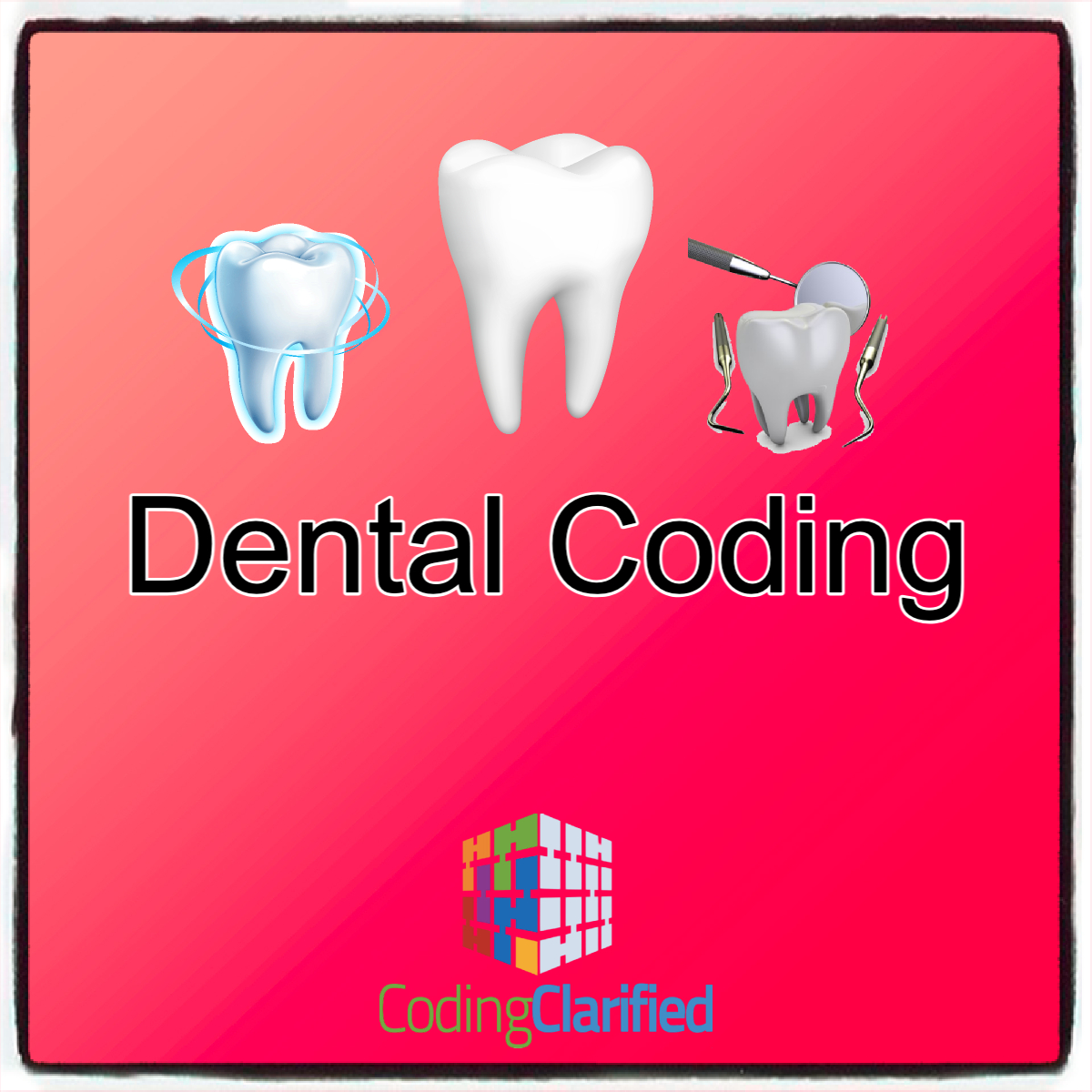Medical and Dental Coding: Guidelines for Coding and Billing
Medical and dental coding are essential components of healthcare management, ensuring accurate billing and efficient reimbursement processes. While both coding systems serve similar purposes, they are governed by distinct guidelines and codes. This blog explores the essentials of dental coding, along with key guidelines for coding and billing in the dental field.
Understanding Dental Coding
Dental coding involves the use of specific codes to describe dental procedures, diagnoses, and services rendered to patients. The primary coding system used in dentistry is the Current Dental Terminology (CDT), established by the American Dental Association (ADA).
Key Components of CDT Codes
- CDT Codes: These are five-character alphanumeric codes (e.g., D0120) that identify specific dental procedures.
- Categories: CDT codes are categorized based on the type of service provided, such as preventive, restorative, surgical, and orthodontic procedures.
Key Guidelines for Dental Coding and Billing
1. Familiarity with CDT Codes
Understanding and correctly applying CDT codes is critical for accurate billing. Coders should:
- Stay updated with the latest CDT code updates, as new codes are introduced and existing codes may change annually.
- Utilize resources such as the CDT Codebook for detailed descriptions and guidelines.
2. Documentation Standards
Accurate and thorough documentation is crucial for justifying the codes billed. Key practices include:
- Detailed Records: Ensure that all patient records contain detailed notes regarding the procedures performed, materials used, and the rationale for the treatment.
- Clinical Justification: Document any necessary clinical findings, such as radiographs or clinical notes, that support the diagnosis and procedure performed.
3. Understanding Insurance Policies
Dental billing often involves navigating different insurance policies. Important considerations include:
- Eligibility Verification: Confirm the patient’s insurance coverage before treatment to understand what is covered and any limitations.
- Preauthorization: Some insurance companies require preauthorization for certain procedures. Ensure that these requests are submitted in a timely manner.
4. Correct Use of Modifiers
Modifiers can provide additional information about the services provided and can affect reimbursement. Common dental modifiers include:
- Modifier 25: Indicates a significant, separately identifiable evaluation and management service performed by the dentist on the same day as a procedure.
- Modifier 59: Used to indicate that a procedure is distinct or independent from other services performed on the same day. http://CPT Medical Modifiers https://codingclarified.com/cpt-medical-modifiers. https://codingclarified.com/cpt-medical-modifiers/
5. Patient Communication
Clear communication with patients regarding billing procedures can enhance transparency and satisfaction. Best practices include:
- Providing Estimates: Offer patients cost estimates before treatment, including potential out-of-pocket expenses based on their insurance coverage.
- Explaining Coverage: Help patients understand their insurance benefits and any limitations, particularly for elective or cosmetic procedures.
6. Adhering to Legal and Ethical Standards
Maintain compliance with relevant legal and ethical guidelines in dental coding:
- Avoid Upcoding: Never use a higher code than necessary to inflate billing; this practice can lead to audits and legal issues.
- Fraud Awareness: Be vigilant against fraudulent practices, both by patients and within the practice, and ensure compliance with federal and state regulations.
7. Regular Training and Continuing Education
Stay informed about changes in coding and billing practices through:
- Continuing Education: Participate in workshops, webinars, and courses focused on dental coding and billing updates.
- Professional Associations: Join organizations such as the American Academy of Dental Office Managers (AADOM) or the American Dental Association (ADA) for resources and networking opportunities.
Mastering dental coding and billing is essential for efficient practice management and revenue cycle optimization. By familiarizing yourself with CDT codes, adhering to documentation standards, understanding insurance policies, and maintaining ethical practices, dental professionals can ensure accurate reimbursement and improved patient satisfaction. Continuous education and staying updated on industry changes will further enhance your skills and effectiveness in the dental coding landscape.
https://www.aapc.com/training-and-events/continuing-education/dental-billing-and-coding-course
Read more Coding Clarified blogs here and let Coding Clarified “clarify” coding for you.
https://codingclarified.com/medical-coding-blog/

